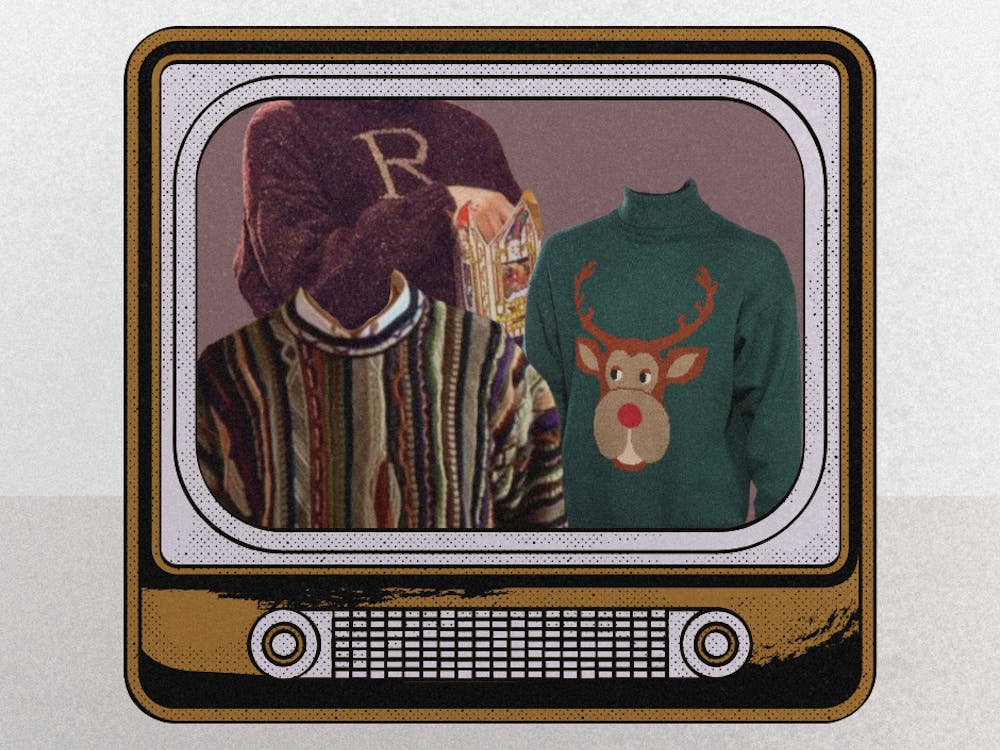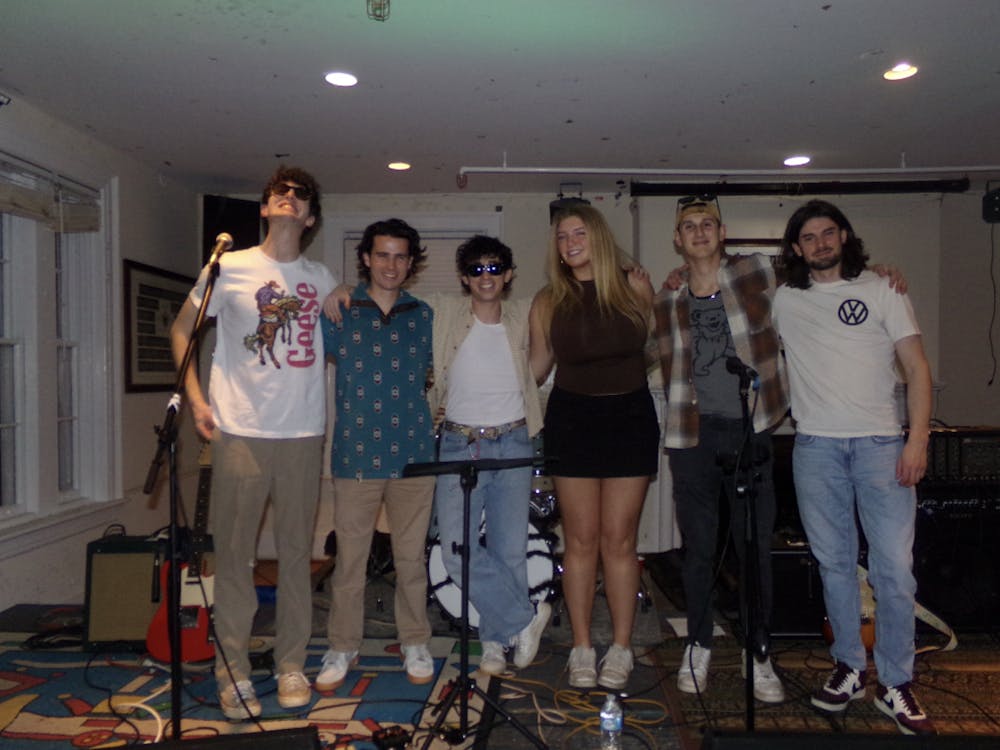This month marks the 50th anniversary of the advent of one of the most influential musical phenomena America has ever seen: the Beatles. Sparking the beginning of what came to be known as the “The British Invasion” — a time period in which the Beatles, the Rolling Stones, The Who and many others became wildly successful in America, winning Grammys, selling out stadium tours and infiltrating American radio with their attractive accents and powerful vocals.
The success of these British acts is unparalleled. Many of them remain cultural icons to this day, and some have even found their way into the Rock and Roll Hall of Fame, one of the most prestigious honors for a musical group.
It is hard to compare the 60s to modern music, but if we take a close look at today’s music industry, it is clear that the British Invasion has seen something of a resurfacing. Many American radio stations’ most-played artists are British, and American youth seem more obsessed than ever with their intriguing accents, culture and fashion. Let’s take a look at just a few of the chart-topping names that make the decade a proverbial British Invasion, part II.
Adele is a London-born artist who has exploded in popularity since the 2011 release of her album “21.” Her lovely personality in front of the camera and her amazing vocal talents give the late Whitney Houston a run for her money. Since 2009, Adele has won an astounding 10 Grammys and an Oscar for her work on the soundtrack for the James Bond film Skyfall. Even Beyoncé can’t lay claim to any love from the Academy.
The second British Invasion has gathered a more tween-aged fanbase with One Direction. This boy band, founded in 2010 on the British TV show “The X Factor,” became a worldwide phenomenon and dominates the American music market. One Direction boasts three consecutive number-one albums — a Billboard Music Chart record — and they’ve won several music awards in their time in the spotlight.
Other wildly successful artists who have garnered top-20 hits in the past few years include Ellie Goulding (“Lights”), Florence the Machine (“Dog Days are Over”), Alex Clare (“Too Close”), The Wanted (“Glad You Came”) and Mumford & Sons (“The Cave”). These acts vary in size, scope and genre — bringing everything from electronic dance music to folk rock to the seemingly persisting delight of American audiences.
The whirlwind success of pop artists like Rita Ora, Cher Lloyd and Emeli Sandé and more alternative groups like Bastille and The 1975 proves that Americans simply can’t get enough of that country across the pond.
So, what does this mean for the music industry? It means that British acts are, for a second time, winning favor with American audiences.
Perhaps we’ll get another year like 1965, when the Billboard Top 10 was a near evenly split between American and British artists. Or maybe we’ll begin to see a wider range of countries gracing the top of the charts on a consistent basis. National boundaries in the music industry are growing decreasingly relevant as artists are realizing the economic power of the international market. And clearly our music libraries are all the better for it.






